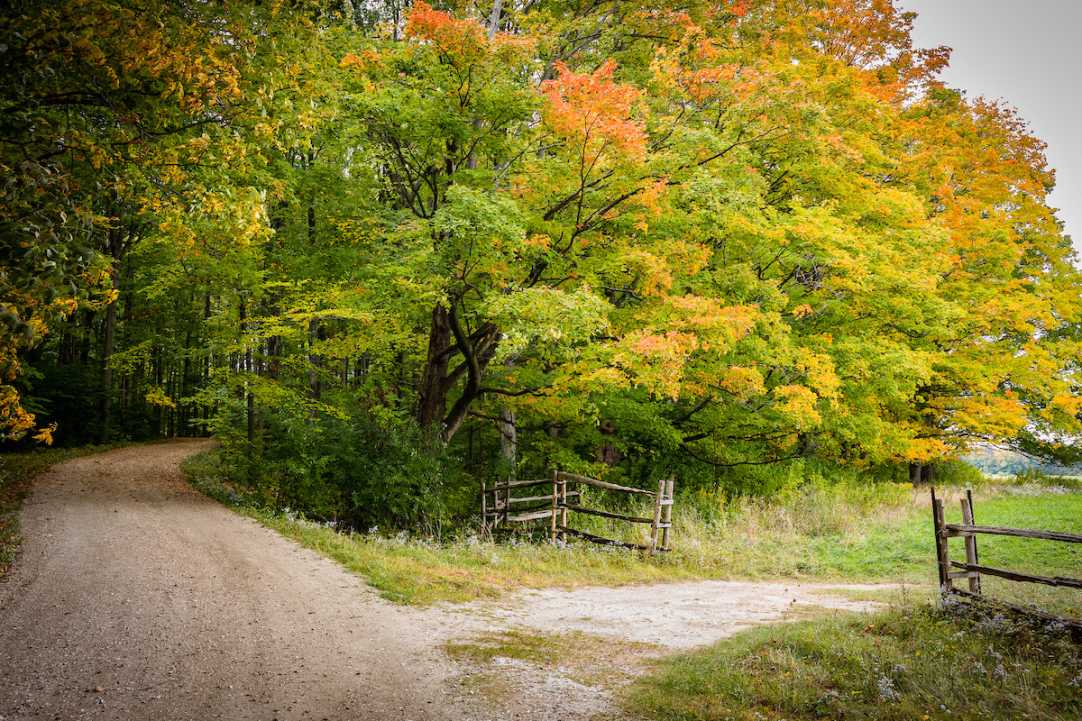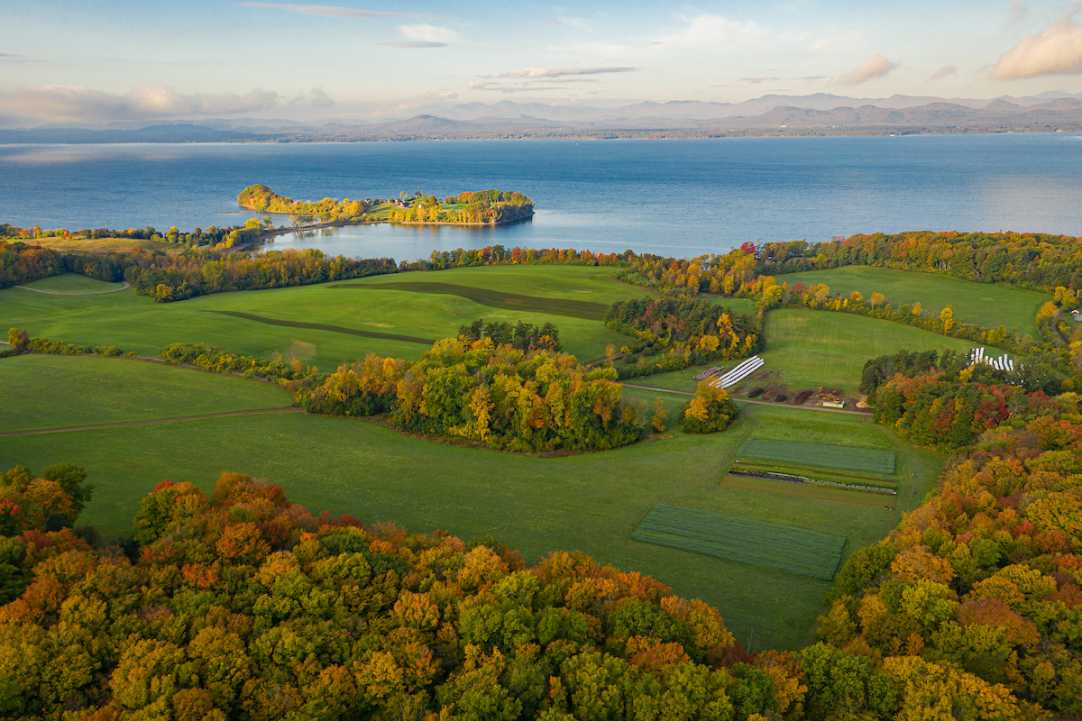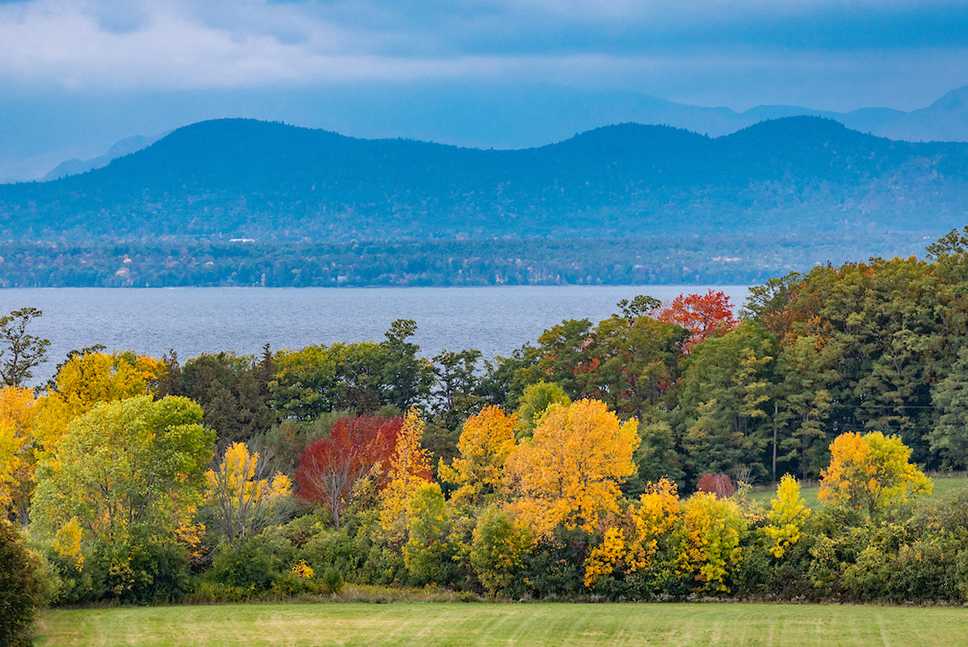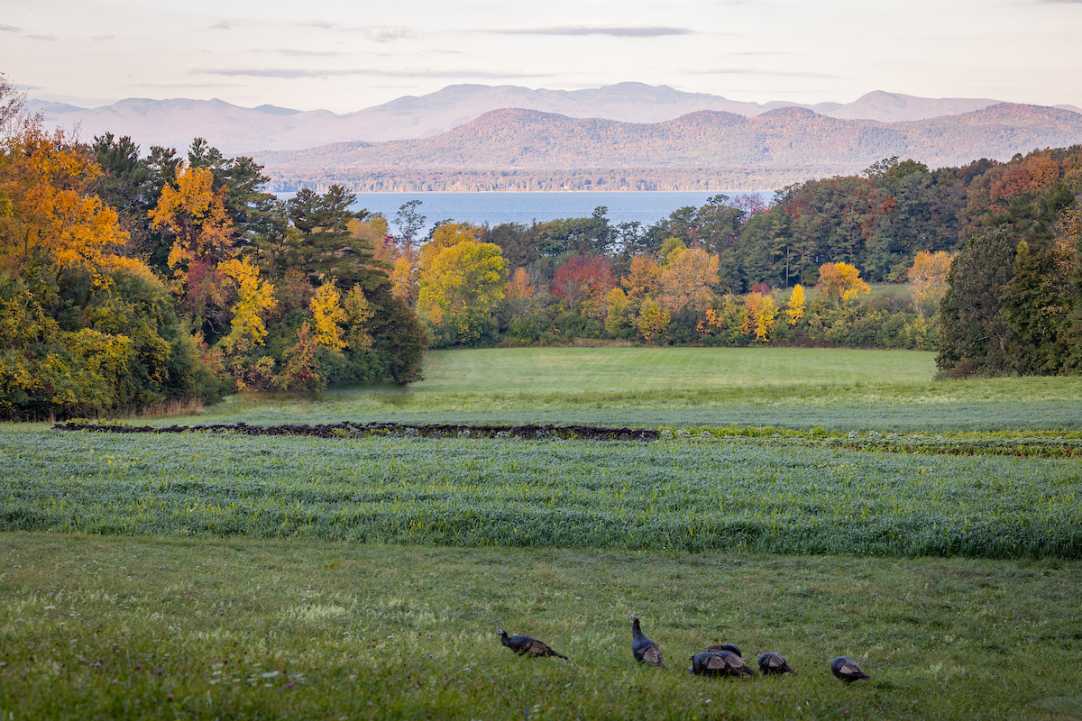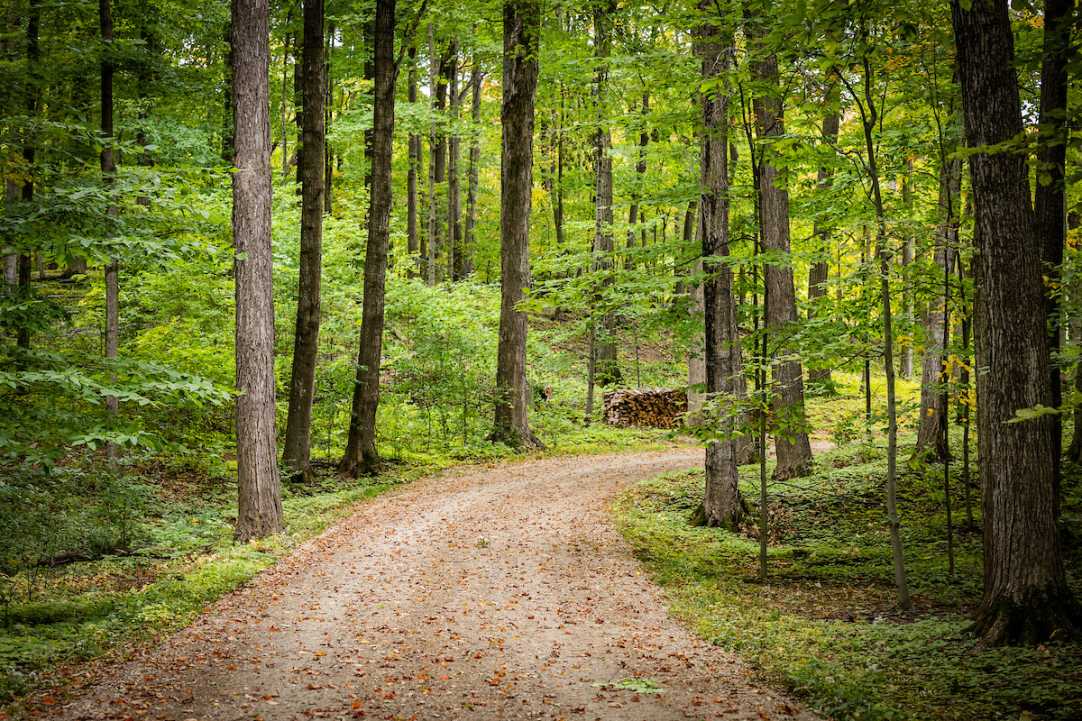From June 1988 thru June 2000, I had the honor and privalage to be the Superintendent of Farms at the University of Vermont. Because of an arrangement between then UVM president Lattie Coor and Sam and Marshall Webb whose home was at the edge of the Windmill Hill lot, my responsibilities included care and maintenance of the entire Southern Acres property, a rent free home at the Kennel Cottage just south of the Breeding Barn for my wife Kate and son Kai and most importantly for me, inclusion in the community of folks who lived and worked at Southern Acres during those years. Kai was born there, each morning started out for me tending the 100+ dairy animals housed in the Breeding Barn that belonged to the University and managing the many acres of crop and grazing land of Southern Acres for those 12 years. I met Watson Webb and counted him as a friend and helped others living there keep the roads at the property open during blizzards and through the ice storm of January 1998. Those 12 years at Southern Acres were the absolute pinnacle of my life and that place changed and blessed me forever.
Windmill Hill Conservation Project

“It’s a National Park-quality landscape,” says Shelburne Farms President Alec Webb, gesturing across the fields and woodlands of Windmill Hill.
The reference is fitting, and not just because Windmill Hill is beautiful. The conservation of these acres, like the creation of the National Park Service itself, was inspired in part by the ideas of Frederick Law Olmsted. He believed that access to nature is vital to public well-being and should be available to all, not just the privileged few. The story of Windmill Hill is rooted in that same big idea. It’s a story of creative land conservation, generous supporters, and staying true to a nonprofit vision. Now this land is back in the Shelburne Farms fold, and the story can continue.
Windmill Hill lay near the southern boundary of Shelburne Farms after “Southern Acres” passed to Webb descendants in 1913. (Its name is likely tied to a windmill on the shoreline of Lake Champlain that could be seen from the hill. The windmill was part of the former Hart Farm purchased by the Webbs in 1886.)
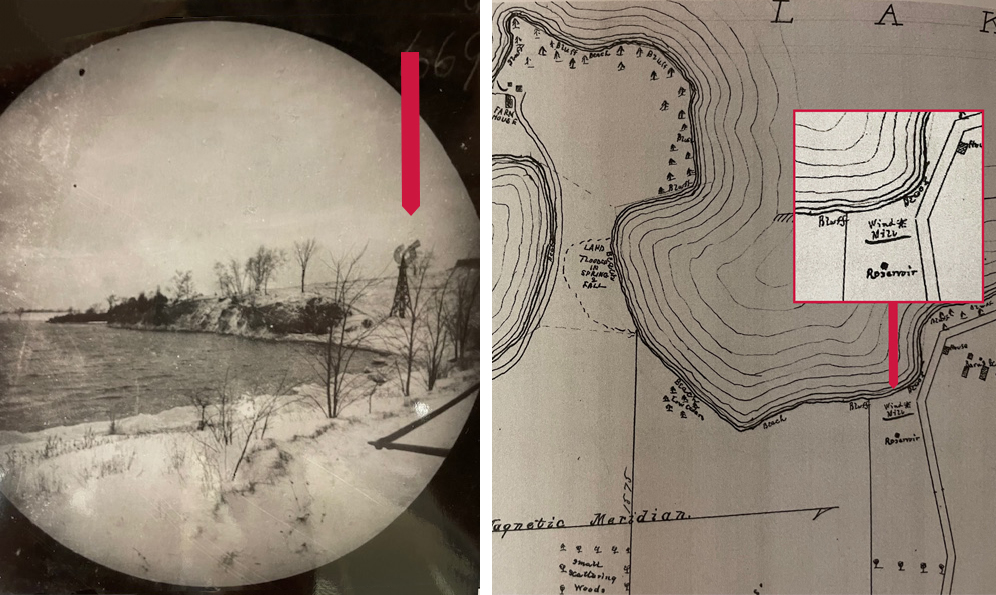
When Derick Webb died unexpectedly in 1984, his will gave Shelburne Farms’ 1,000 acres (including Windmill Hill) to the education nonprofit that several of his grown children had founded over a decade earlier. In those early years, it was offering modest programs for youth, educators, and the community. Derick’s gift radically changed what could be possible. “If he hadn’t done that, the whole vision for the nonprofit probably wouldn’t have happened,” reflects Alec.
That vision included reinvigorating the farm not only as a campus for learning, but as an alternative to the suburban sprawl that was inching out from Burlington, and swallowing thousands of acres of productive farmland nationwide each year.
Derick’s gift was an enormous, generous windfall with a big asterisk: there was no endowment. There were no funds available to maintain–let alone restore–the property’s buildings and infrastructure, which were all crumbling from long-deferred maintenance.
To stabilize the nonprofit financially, the Board of Directors launched a fundraising campaign in 1985 and sold three house sites on the property’s outer margins–on Windmill Hill. “That transaction gave us hope.” says Alec. “It was a compromise that had to be made in order to achieve the vision.” In fact, he continues, “Those two things: the gift of the land and the generosity of those first buyers, really tee'd up the work from the mid-80s until now.”
But a decade later, in 1994, when Shelburne Museum transferred “Southern Acres” back to Shelburne Farms, the Windmill Hill sites effectively became a private and developable island in the heart of the farm. That made their conservation an even higher strategic priority.
Shelburne Farms was able to secure two of these parcels (one included a home), in 2013 and 2020 with the help of low- and no-interest loans. Then in 2021, we went for a once-in-a-lifetime opportunity to acquire the third and most prominent lot.
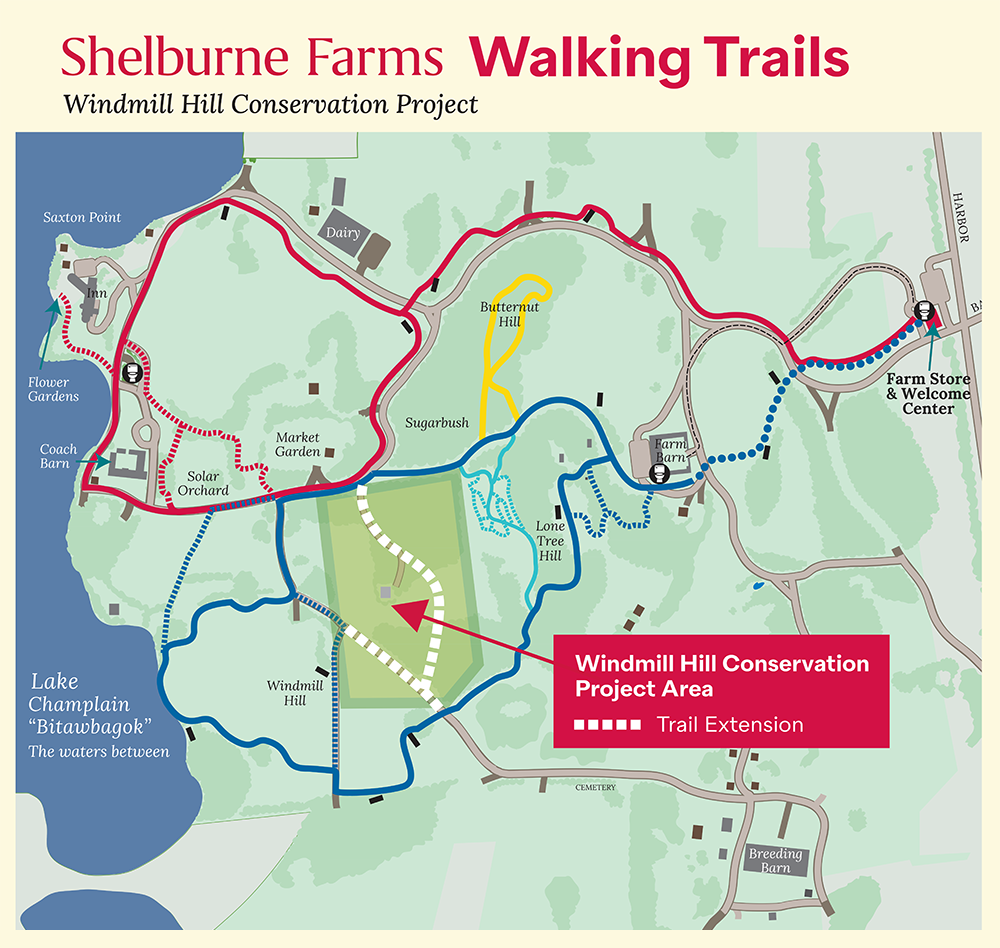
What did we get in return? “We created the largest block of conserved farm and forest land with the most beautiful views,” Alec responds, “and with some of the most productive soils on the property.” (The Vermont Housing and Conservation Board and Vermont Land Trust will eventually hold a conservation easement on 65 acres.) “We have the opportunity to extend the trails and link the trail system internally, too,” he adds. “It just furthers Olmsted’s idea of nurturing well-being by connecting people to the land.” That’s a lot in the ledger’s plus column.
Windmill Hill House also increases our capacity to host educators for residential programs. “Combined with the Coach Barn and Orchard Cove House, it really opened the door for the vision for increasing the power of convening and learning at the farm.

“If you look at it as a true endowment,” Alec sums up, “it’s one of the best investments we’ve made. It will pay public, agricultural, and ecosystem dividends forever.”
The Windmill Hill Conservation Project is a key component of the Campaign for Shelburne Farms. We are grateful to everyone who has supported this transformational project to date, and we invite you to learn more and support the Campaign.

